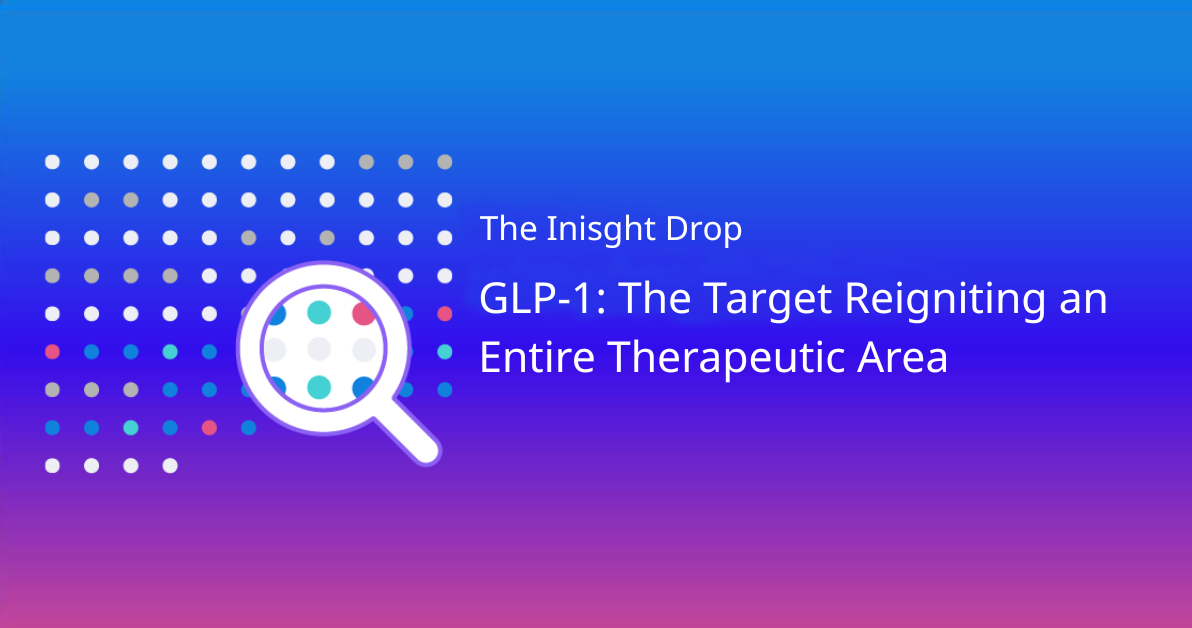Minimal Residual Disease (MRD), an endpoint unique in liquid cancer, is frequently cited as a promising endpoint in drug development. Regulatory agencies, including the FDA, now accept MRD-negativity as a surrogate for long-term outcomes and accelerated approvals in certain cases, and its correlation with improved progression-free survival (PFS) is well documented.
While industry interest is high, current clinical trial activity tells a different story:
•Only one FDA-approved therapy—Carvykti (2024)—has used MRD as a primary endpoint (partially based on the NCT04133636 Phase 2 trial).
• Only four trials with MRD as a primary endpoint have been part of discontinued clinical programs, reflecting low usage rather than strong endorsement or rejection.
• Across oncology, just 22 active, interventional, industry-led, FDA-track trials use MRD as a primary endpoint; ~55% are in Phase 2.
• Compare this to 200+ active Phase 2 trials in hematologic cancers, which continue to rely on ORR or CRR as primary endpoints. Even if we expand the parameters to the secondary setting, only around 50 among those employ MRD as an endpoint.
• Of the five currently active Phase 3 trials using MRD as primary, two include PFS as a co-primary, underscoring lingering regulatory caution.
Despite growing attention, MRD has not yet achieved broad adoption as a decision-driving endpoint, as it is still mostly employed as a secondary consideration in clinical trial design. Reasons likely include enrollment challenges, such as the need to identify and consistently measure MRD-negative patients, which often requires specialized assays and frequent sampling not uniformly available across trial sites.
Operational complexity is another factor, as MRD testing typically involves high-sensitivity techniques like next-generation sequencing or flow cytometry, which can vary in accuracy, standardization, and turnaround time—introducing logistical and protocol-related burdens.
Lastly, there’s a lack of regulatory precedent for MRD as a standalone efficacy measure: while the FDA has acknowledged its utility in certain accelerated approval contexts, the broader regulatory community remains cautious, often requiring co-primary endpoints (e.g., progression-free survival) or post-hoc validation, which dampens sponsor confidence in relying solely on MRD.
Intelligencia AI: How We Fit Into the Equation
We help sponsors bridge the gap between potential and practice by:
• Benchmarking MRD usage across indication, phase and sponsor, so teams can understand how their trial strategies align—or diverge—from industry norms and regulatory expectations
• Analyzing historical success and design patterns, helping sponsors identify what has worked in the past and avoid common pitfalls when considering MRD as a primary endpoint
• Leveraging our data and our technology to inform when—and whether—MRD should be prioritized (via custom analytics)
MRD may be trending in headlines and industry buzz, but the data tells a different story and signals caution. Successful adoption will depend on targeted, evidence-backed design strategy.



